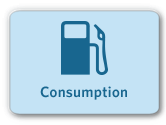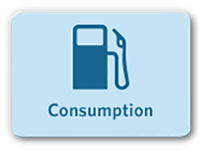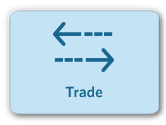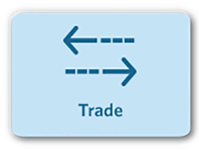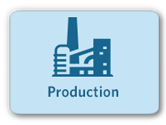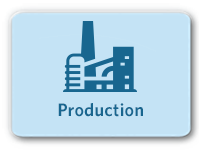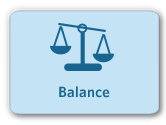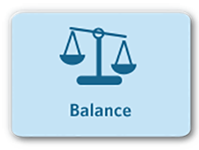What drives petroleum product prices: Trade
With significant increases in U.S. crude oil production and higher refinery runs, increased production of petroleum products reduced the reliance on oil imports to meet domestic demand. In the fourth quarter of 2012, the United States became a net exporter of gasoline after historically being a net importer. Since then, the United States has often been a net exporter of gasoline during the winter months. PADD 3 has consistently been a net exporter of gasoline since the third quarter of 2009. However, PADD 1 remains a net importer because of transportation constraints in moving petroleum products from the U.S. Gulf Coast to the U.S East Coast.
The United States became a net exporter of distillate in the fourth quarter of 2007, five years before the first time the United States was a net gasoline exporter. Diesel, a type of distillate, is the primary transportation fuel source in much of the world, unlike in the United States, providing U.S. refiners with international consumers year-round. PADD 3 has been a net exporter of distillate since the third quarter of 2001. PADD 1 is typically a net importer of distillate, while PADD 5 has usually been a net exporter of distillate since 2007.

